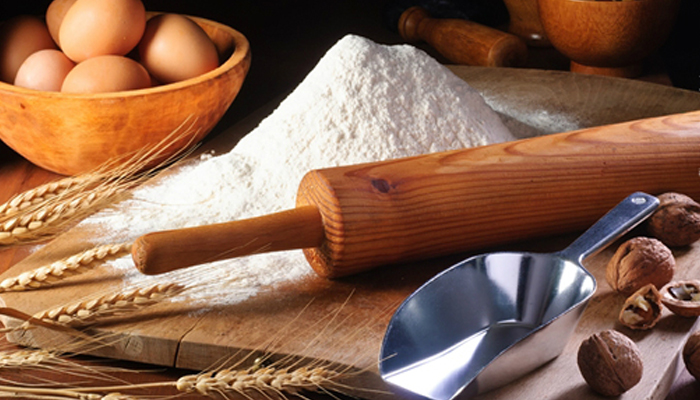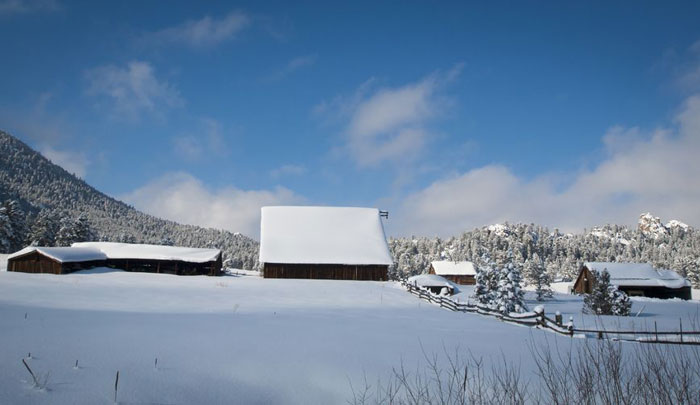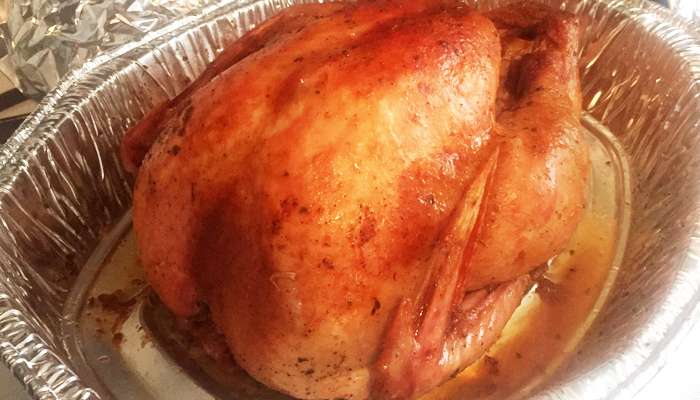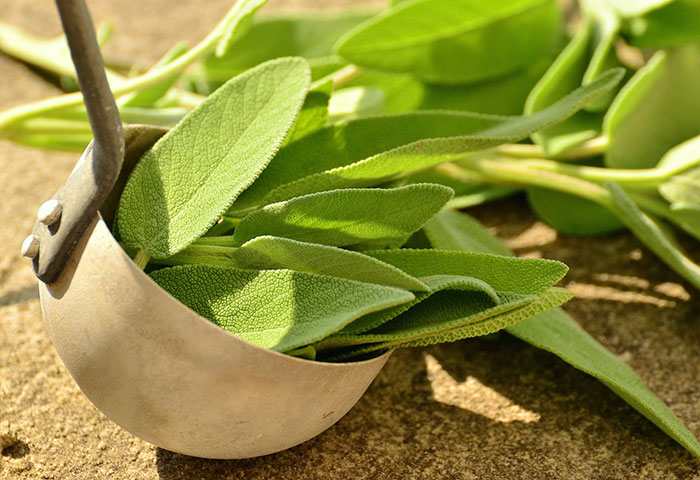A previous article talked about how important it is for you to know how to cook in a survival situation, because you and your family’s very survival could be at stake. Cooking from scratch as it is called is time consuming and it requires organization and planning on your part. Meals have to be planned so you can make sure you have the needed ingredients on hand.
In a survival situation you will be limited, in other words, you will have to cook with what you have available, because you cannot run out to the local store and grab what you need. Scratch cooking requires creativity along with some basic knowledge of cooking times, safe food handling procedures, and knowing how certain cuts of meat, for example, should be cooked to achieve the best results.
Tough cuts of meat fare much better when cooked low and slow, while tender cuts like tenderloin for instance, would become tough if cooked low and slow. Wild game may be available, as well as domesticated farm animals, along with fish and other seafood. Wild game for the most part has less fat, so overcooking will toughen the meat, and yet it has to be cooked to a safe eating temperature.
Venison steak is best when cooked quickly to medium or even medium rare, as a beef steak would be, which means the meat, must be handled properly prior to cooking, because it will not be subjected to high cooking temperature for an extended period, such as you would fowl for example.
Salt pepper and in the pot or fry pan for most meats, this is a simple cooking method and anyone can do it as long as you know whether it should be cooked low and slow or seared quickly like a steak.
Side dishes to go along with your meat can be boiled, fried, or mashed potatoes seasoned with salt and pepper and some creamery butter. Roasted garlic can be added for flavor, as well as, herbs from the garden, simple ingredients and yet very tasty and hardy.
Meat and potatoes and so now you need some vegetables. Fresh vegetables cannot be cooked like canned ones. Canned green beans from the local market can be seasoned and heated for a few minutes in the microwave and they are ready for the plate. Fresh green beans, however, do not cook as quickly. They can be boiled to soften or boiled for a few minutes and then roasted in the oven or cooked in a pan with some oil on the stovetop. Fresh carrots, peas and so on would need to be boiled to soften, as well, but do not overcook. Otherwise, you will end up with a colorful mush.
Fresh products require cooking and preparation and the cooking times will vary, so it is important that you have a general idea of how fresh vegetables are to be cooked for best flavor and nutrition.
Salt, pepper, and fresh herbs in most cases would be all you need to season most foods. Garlic is a wonderful addition, and so growing your own fresh garlic would be ideal, or at the very least have some powdered garlic stockpiled. Keep in mind your dried spices have a shelf life.
Use flour and oil to create a Roux to thicken stews and sauces or use cornstarch as a thickener.
Staples
- Salt
- Pepper
- Honey
- All Purpose Flour
- Cooking Oil/Lard
- Sugar
- Various Dried Spices, Such as Sage, Rosemary, Nutmeg, Cinnamon, Dill, Celery Seed
- Fresh Herbs From The Garden
- Baking Powder
- Baking Soda
- Yeast
- Whole Powdered Milk
- White and Cider Vinegar
- Powdered Buttermilk, Which Only Requires Water To Reconstitute
- Dried Fruits Such As Raisins, Cranberries, Apricots, Peaches And So On
Source link: https://prepforshtf.com/cooking-learning-the-basics/ by at prepforshtf.com










